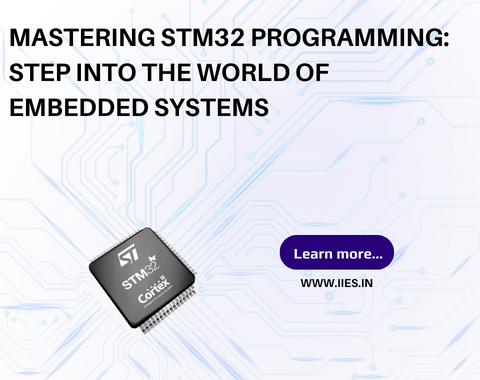
In the world of embedded system, mastering STM32 programming opens up a plethora of opportunities. Whether you are a hobbyist looking to create your own electronics projects or a professional developer working on cutting-edge industrial applications, understanding STM32 programming is essential. In this comprehensive guide, we will explore the process of mastering STM32 programming, from learning the necessary skills to programming your STM32 device.
Learning STM32 programming may seem daunting at first, but with the right resources and approach, it can become an enjoyable and rewarding experience. Here are some starting points for you:
The STM32 microcontroller series supports various programming languages, including C, C++, and even assembly language. These languages provide low-level control and are well-suited for embedded systems programming. However, C programming is the most popular choice for STM32 development due to its efficiency, simplicity, and direct interaction with hardware peripherals.
Using C for STM32 programming allows developers to directly access and manipulate the microcontroller’s hardware res
The STM32 microcontroller series has gained immense popularity within the embedded systems community due to its exceptional performance, robustness, and extensive ecosystem. Here are a few reasons why STM32 is highly regarded:
STM32 microcontrollers find extensive usage in a wide range of industries, including automotive, industrial automation, consumer electronics, and healthcare. The reasons behind STM32’s popularity in the industry are as follows:
To program an STM32 microcontroller, you can use various development tools and IDEs, such as STM32CubeIDE, Keil MDK, or the Arduino IDE (with STM32 Arduino core). Here, we will outline the general process of programming an STM32 device using STM32CubeIDE, one of the popular choices among developers.
To program the STM32 using STM32CubeIDE, follow these steps:
Mastering STM32 programming is a gateway to the world of embedded systems. With its versatility, rich peripheral set, industry support, and robustness, STM32 microcontrollers have become a top choice for developing cutting-edge applications. By following the steps outlined in this guide and utilizing the available resources and development tools, you will be well on your way to becoming a proficient STM32 programmer. So, dive into the world of STM32 programming and unlock endless possibilities for your electronics projects or industrial applications.
Indian Institute of Embedded Systems – IIES